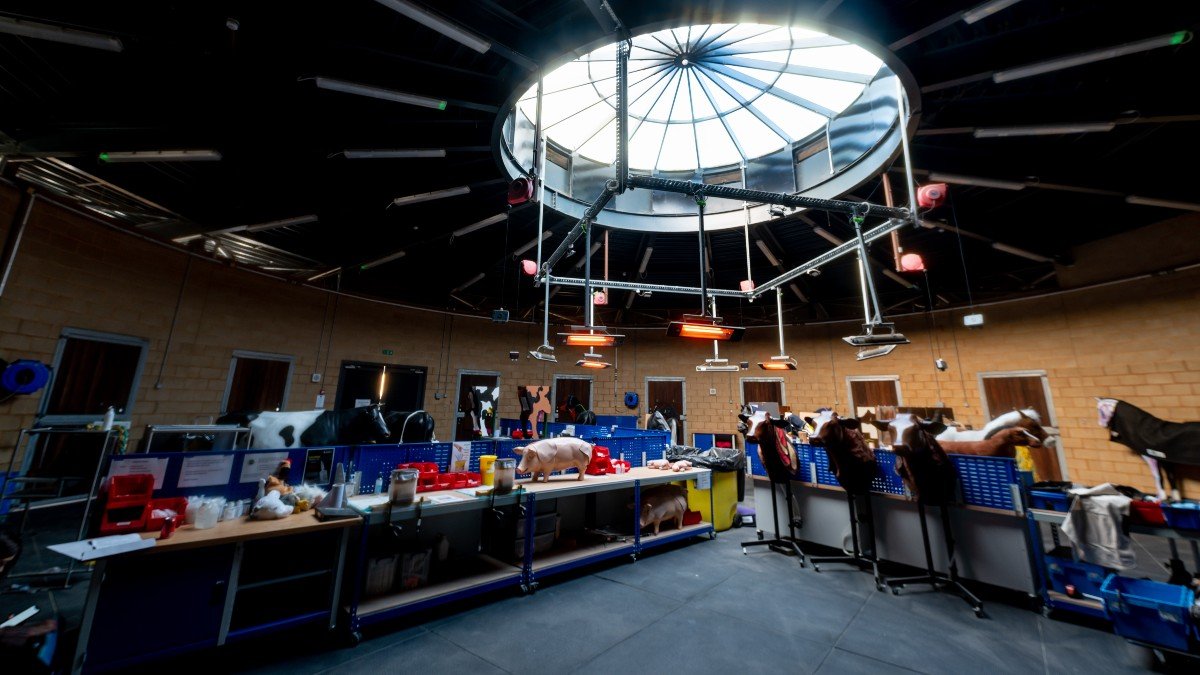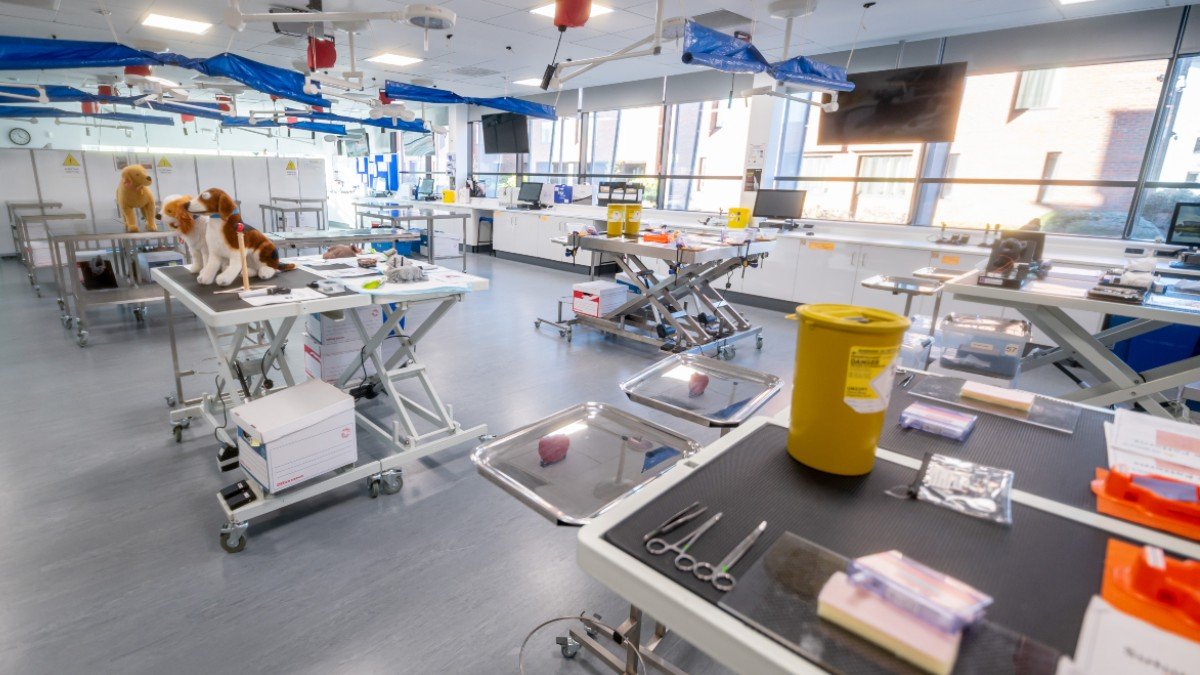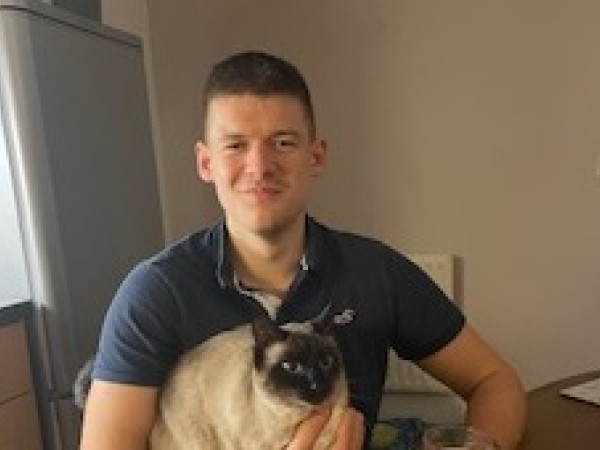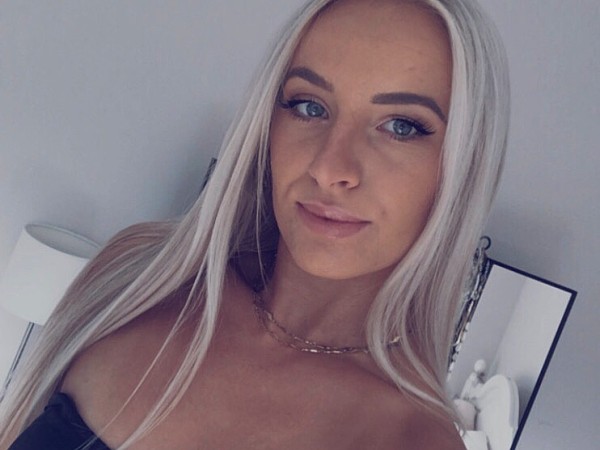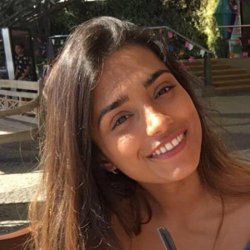
Nicole D’Mello
"I'm now a small animal vet and it feels great to finally be independent and in charge of my own cases. I love my job, the practice and the people I work with!"
Graduation year
2020Why I chose Surrey
I was always interested in science and wanted to work with animals, which naturally led to me wanting to become either a vet or veterinary nurse. Halfway through the first year of my A levels, I decided veterinary medicine was the right path for me.
When I was looking at vet schools, I was really impressed with the Veterinary Medicine and Science course at Surrey and its hands-on teaching model. When I came for my interview, everybody was extremely welcoming. I also loved the idea of a campus university.
At the time, the work experience entry requirements at Surrey were slightly lower compared to other universities, which made the course a lot more accessible for me, especially where I’d decided on the course much later than other applicants.
My course
I loved everything about my course! It was well structured and everything I learnt was relevant, from anatomy and physiology to practical teaching. The course was also very interactive with a lot of contact time. Every aspect was designed to make us clinically ready graduates from day one.
The teaching staff were engaging and extremely knowledgeable. Each one had a genuine passion for their specialism. They were always approachable and I’m still in contact with some lecturers since graduating.
The facilities were amazing and I got access to laboratories, a pathology centre and a clinical skills centre.
My intramural placements
On my intramural placements, commonly known as intramural studies (IMS), I worked in a variety of different settings across the UK, from small animal practices to pathology laboratories.
In both of my small animal practices, I did a lot of consultations, initially working with a qualified vet, then running my own student clinics. I completed basic surgical procedures like neutering and lump removals, examined patients, practised injections and catheter placements, and worked out fluid rates and medication dosages. This progressed to my small animal referral placement, where I assisted nurses in caring for inpatients by doing physical exams, administering drugs, following referral cases and discussing these with the specialists, scrubbing into advanced surgery and much more.
In equine practice, I assisted vets on call, took radiographs, practised my injection techniques (including nerve blocks), did physical exams, completed lameness assessments, placed nasogastric tubes, carried out endoscopic investigations, and even dabbled in a bit of dentistry using motorised dental equipment. I was also able to help with surgical procedures and scrubbed into a foal caesarean section operation, which is incredibly rare! The foal was delivered alive and it was an incredible moment to witness.
For my production animal practice, I was placed with the Garston Veterinary Group. Here, I scrubbed in to assist with procedures, specifically with left displaced abomasum surgery, and helped with pregnancy diagnoses in cattle. The Group work closely with Longleat Safari Park and I got to regularly visit to treat giraffes, koalas, wallabies, lions and many other wildlife. It was an amazing experience and I was even filmed for the series Animal Park!
For my final placement, I worked at the University’s Veterinary Pathology Centre and got to practise a lot of post-mortems.
Across all my placements I did so many tasks. The list goes on and on!
"The practical teaching and the experiences I gained from my IMS equipped me very well for clinical practice."
My extramural placements
On my extramural placements, commonly known as extramural studies (EMS), I worked in a doggy daycare, cattery, working farm (milking and lambing) and equine stud farm, to develop my husbandry skills. I then went on to placements at various small animal, equine and farm practices all over the UK. These were generally observation roles. But for many of the practices I returned to, I was trusted to carry out many of the same tasks that I did on IMS.
I also did a placement at Heathrow Airport in a Border Control Post, which was cool! One day, we had a cargo plane arrive from Qatar, with 30 sport horses on it. I got to receive the horses, which was incredible. I also got to meet a serval in the wildlife section of the arrivals.
My career and development
Currently, I work as a small animal vet in Herefordshire. I love my job, the practice and the people I work with. They’re all incredibly supportive and it feels great to finally be independent and in charge of managing my own cases, although at times it can still feel a bit intimidating! I enjoy working with clients and their animals, and I get a lot of satisfaction from helping them. The first time I got a thank you card and chocolates from a client was a big highlight for me.
The practical teaching and the experiences I gained from my IMS equipped me very well for clinical practice.
My advice
- Spend some time in practice and work out if being a vet is what you want to do.
- Speak to vets on your placements and ask them what their jobs are like and what it entails. It can be very emotionally and physically draining, so it’s important to understand all aspects of life as a vet.
- Explore all the options the course can give you. Remember, you don’t just have to go into clinical practice as you’ll develop lots of skills that open many other doors.
- Don’t make veterinary medicine your whole life. It’s so important to maintain hobbies and other activities that you enjoy. They provide much-needed stress relief from what is a very intense course.
